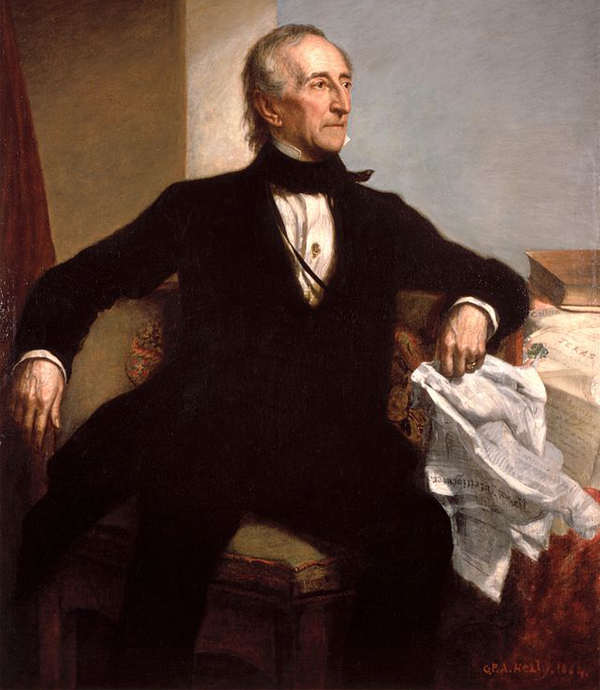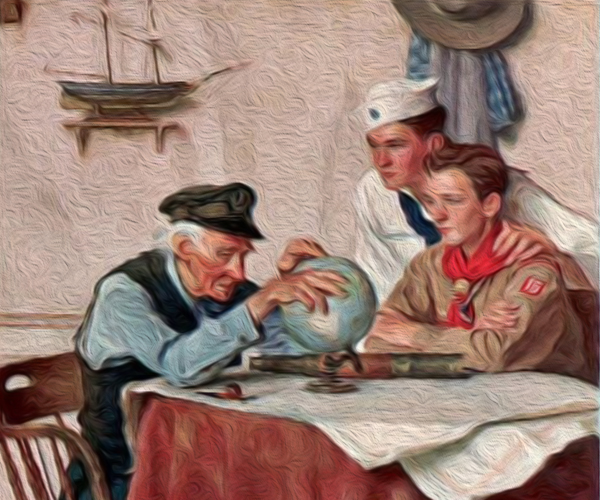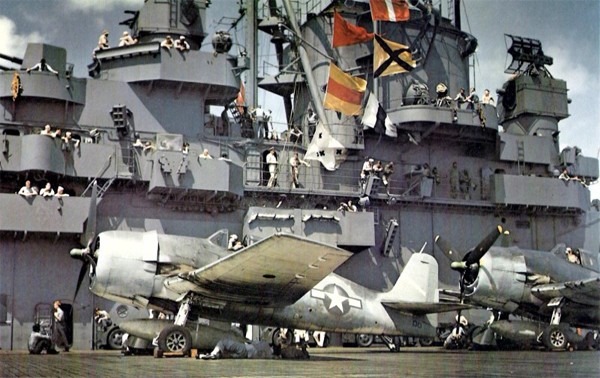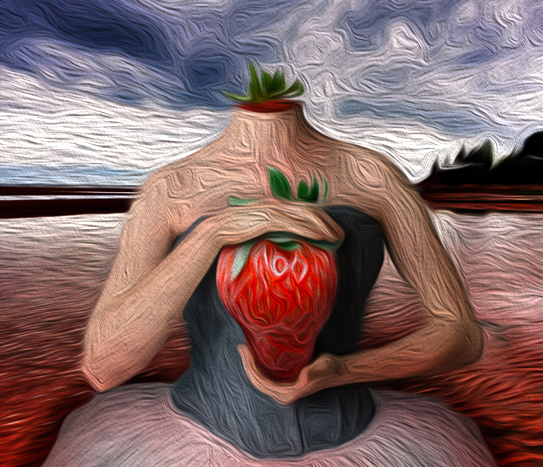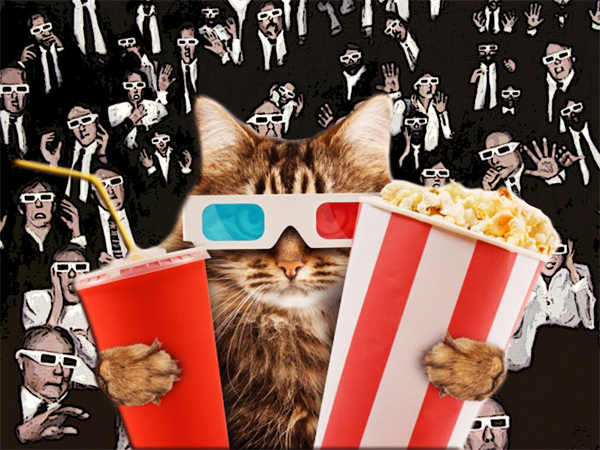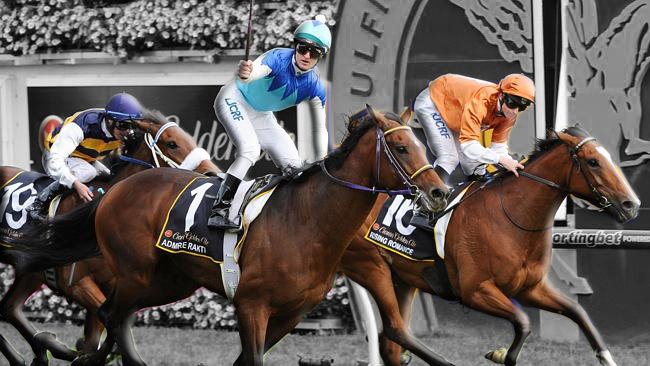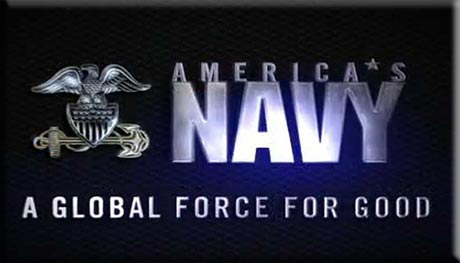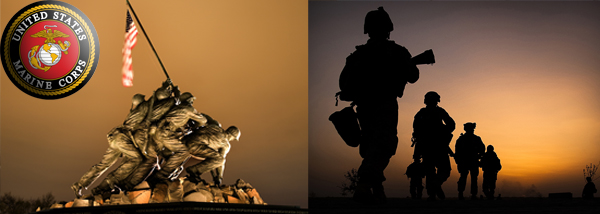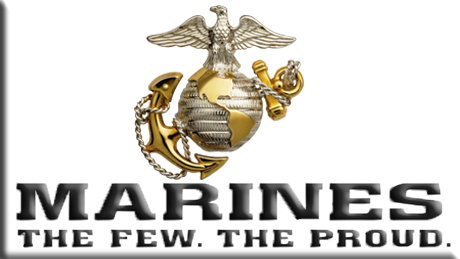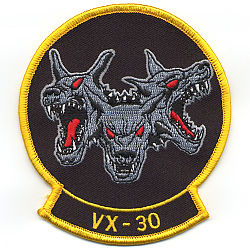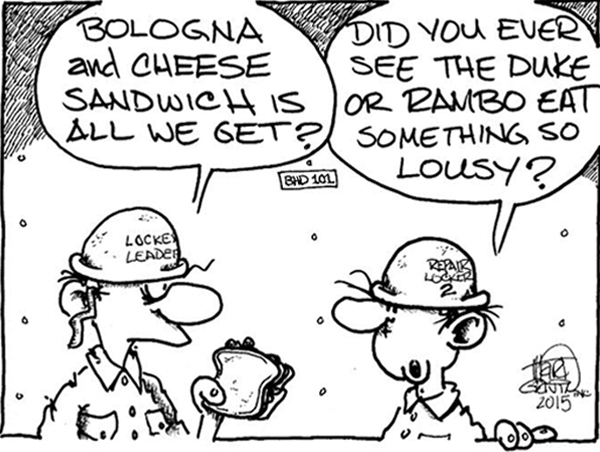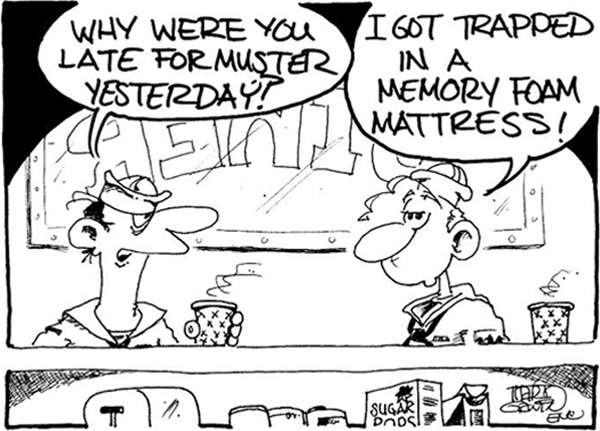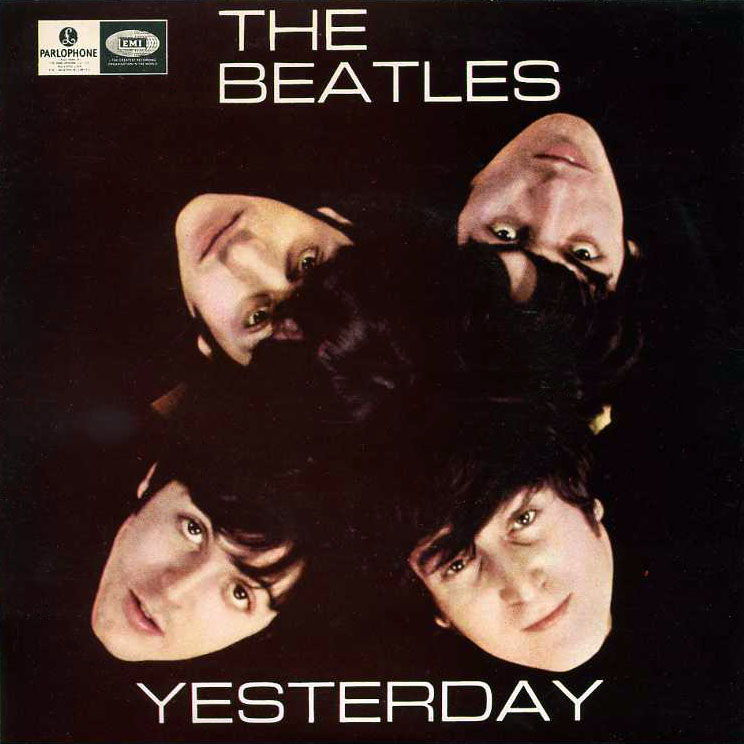
“Yesterday” - The Beatles
Album: Help!
Released 1965 
This is the most covered pop song of all time, over 3,000 versions recorded according to The Guinness Book Of World Records. For years, it was also the song with the most radio plays, but in 1999 BMI music publishing reported that "You've Lost That Lovin' Feelin'"  had passed it. Still, at any given time, some version of “Yesterday”
had passed it. Still, at any given time, some version of “Yesterday”  is probably being broadcast somewhere.
is probably being broadcast somewhere.
Paul McCartney wrote this song and was the only Beatle to play on it. It was the first time a Beatle recorded without the others, and marked a shift to more independent accomplishments among the group. While John Lennon and Paul McCartney wrote The Beatles early songs together, by 1965 most of their songs were primarily written by one or the other, although they continued to credit all their songs Lennon/McCartney.
A string quartet was brought in to play on this. In addition to the strings, this is notable as one of the first Pop songs to use elements of Classical Music.
This was the first Beatles song that could not be reproduced live without additional musicians. When they played it live, including their famous Shea Stadium concert  , it was just McCartney with an acoustic guitar.
, it was just McCartney with an acoustic guitar.
While touring in Paris, McCartney claims he tumbled out of bed and the tune was in his head. He thought he had heard it somewhere before, and played the melody to different people in the music industry to make sure he wasn't stealing it. The working title was “Scrambled Eggs” until Paul could figure out lyrics.
This was the first Beatles song to capture a mass adult market. Most of their fans were young people to this point, but this song gave the band a great deal of credibility among the older crowd. It also became one of their “Muzak” classics, as companies recorded instrumental versions as soothing background noise for shopping centers and elevators. Another Beatles song that lived on in this form is “Here Comes The Sun”  .
.
McCartney wrote some of the lyrics during a 5 hour car trip from Lisbon to Albufeira (in Algarve, south of Portugal), on the 27th of May, 1965, when he was on vacation with Jane Asher. The villa where Paul and Jane stayed was owned by Shadows' guitarist Bruce Welch. Bruce said that when he was packing to leave, Paul asked him if he had a guitar because (Paul) was working on the lyrics since the airport. Said Bruce: “He borrowed my guitar and started playing the song we all now know as 'Yesterday'.”.
The Beatles performed this on their third live Ed Sullivan Show  appearance and on their last tour. For the live appearances, McCartney would play with a prerecorded backing track of strings.
appearance and on their last tour. For the live appearances, McCartney would play with a prerecorded backing track of strings.
McCartney says that when he performed it on Sullivan, just before the curtain opened a stagehand asked him, “Are you nervous?” “No”, Paul lied, to which the man responded, “You should be. There's 73 million people watching.”
This was one of 5 Beatles songs McCartney performed on his “Wings Over America” tour in 1976.
McCartney had to ask Michael Jackson to use this in his movie Give My Regards to Broadstreet. Jackson outbid McCartney for the publishing rights to The Beatles catalogue, something that fractured their friendship as McCartney counseled Jackson on the value of publishing rights.
McCartney has consistently talked about how easy this song was for him to compose. In describing it, he has said “I did the tune easily and then the words took about 2 weeks.”
This song caused a rift between McCartney and Yoko Ono. When The Beatles Anthology album was released, McCartney asked that the writing credit on this read “McCartney/Lennon”, since he wrote it. Yoko refused, and it was listed as “Lennon/McCartney”, which is how they usually credited songs written by either Beatle (between Please Please Me and With The Beatles, the song credits turned from McCartney/Lennon to Lennon/McCartney). In 2003, McCartney switched the writing credit for the first time when he listed 19 Beatles songs on his Back In The U.S. album as “Paul McCartney and John Lennon”. Paul claims he and John made an informal agreement in 1962 regarding the credits, but he had every right to switch it if he chose. Yoko disagreed.
Paul McCartney's first performance at the Grammys came in 2006. He joined in with Jay-Z and the lead singer of Linkin Park to sing part of the lyrics to this song.
When McCartney played this song, he tuned his guitar one tone lower than usual. On a recording that can be heard on The Beatles Anthology, he explains to the musicians before the song: “I'm in G, but it's F.”
Rolling Stone magazine (500 Greatest Songs of All Time - 13) / The Beatles.com / Rock & Roll Hall of Fame (The Beatles) / The Biography Channel UK / Wikipedia / Billboard
Image: “Yesterday” by The Beatles
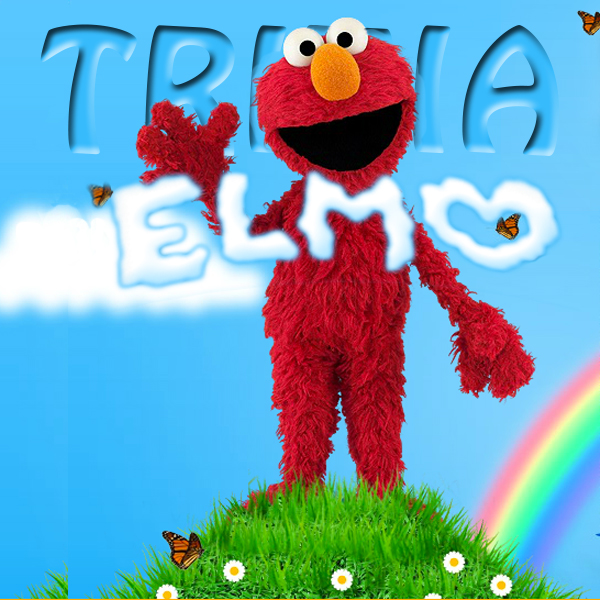
Trivia
● Elmo is the most recognizable children’s character in the U.S.
● The aorta of a blue whale is large enough for a human to crawl through.
● The Halifax explosion which killed 2,000 people occurred on December 6th, 1917, and was the largest man-made explosion until the first atomic bomb was dropped in 1945.
Military Trivia
● In what war was the color khaki first used for uniforms?
A: The Afghan War in 1880 - the color was considered good camouflage.
● Who was issued ID number 01 when the U.S. military started issuing dog tags in 1918?
A: General John J. Pershing.
● What animal did the Carthaginians use to defeat the Romans at sea during the third century B.C.?
A: Snakes. The Carthaginians catapulted earthenware pots of poisonous snakes onto the decks of the Roman ships.
